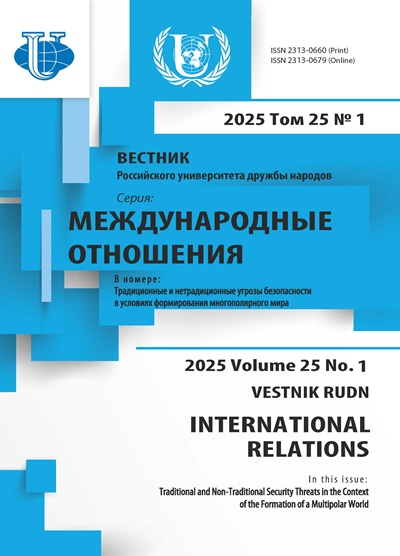Abstract
The paper reviews the recent practice of the use of military force in extraterritorial counter-terrorist operations. It argues that nowadays we're witnessing a new stage in the 'war on terror' that's still going on. Although the most of the modern counter-terrorist operations like, for example, the US-led coalition against ISIL in Iraq are being conducted at the request of the affected government, the major risks of expanding and misuse of the right on individual or collective self-defense enshrined in the UN Charter are still present. This can be illustrated by reference to the US air strikes on ISIL in Syria that have been undertaken without consent of Syrian government. But the challenges emerging from 'failed states' and rise of new more radical and militant terrorist movements (ISIL, Ash-Shabaab, Boko Haram and others) change the perceptions of legality of extraterritorial counter-terrorist force. The approach which reaffirms responsibility of the state for suppressing terrorist groups operating from within its territory seems to become more and more acceptable. Accordingly, if the state can't suppress terrorist activity it should accept the counter-terrorist intervention on its territory. Nevertheless, jus in bello norms (first of all international humanitarian law) remain stringent legal framework for actual use of counter-terrorist military force. The paper concludes that overall political legitimacy of the modern military counter-terrorist operations should be accessed in terms of their humanitarian impact and consequences.











